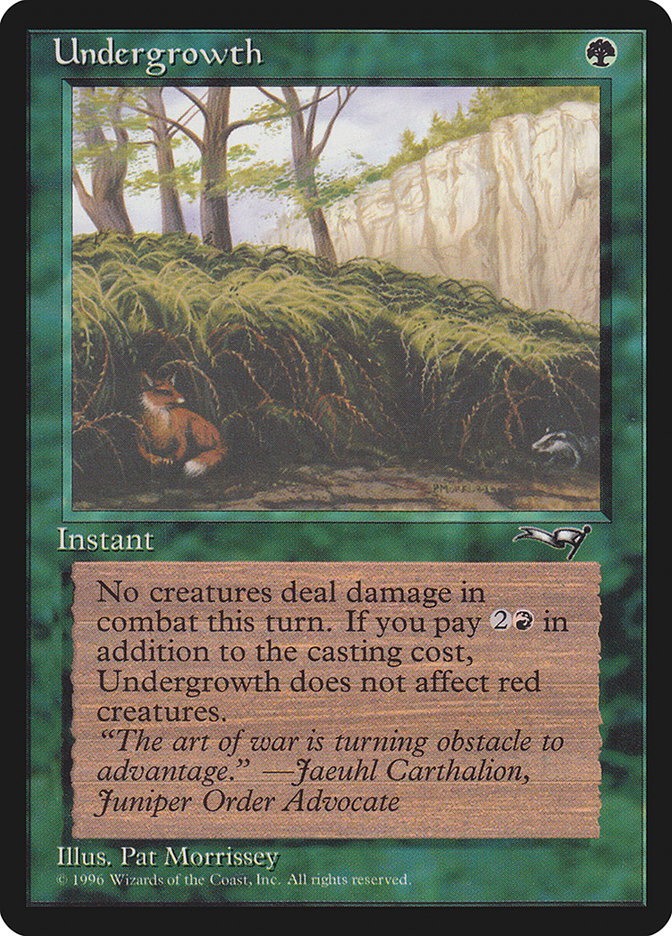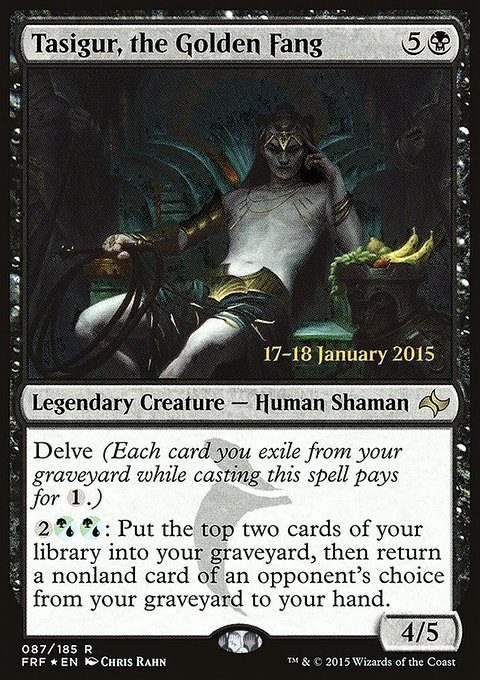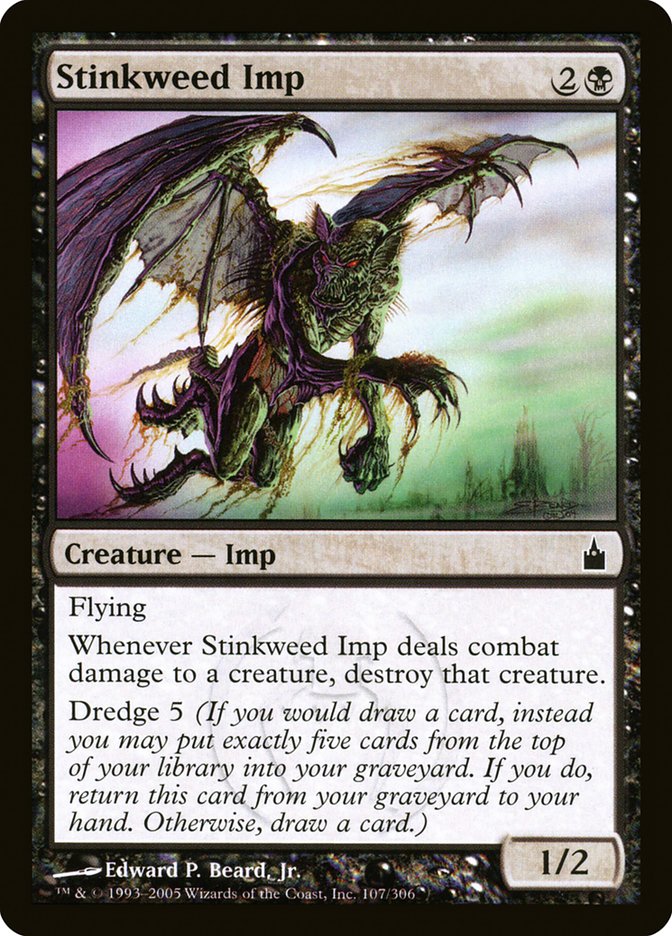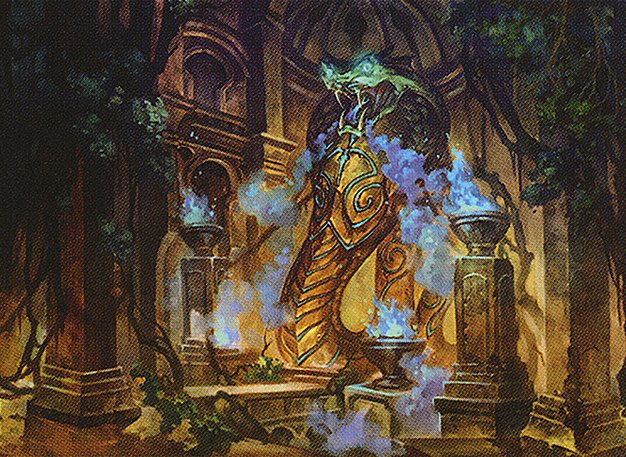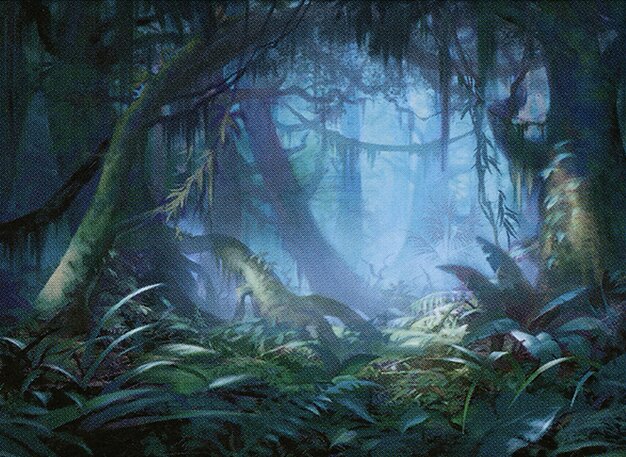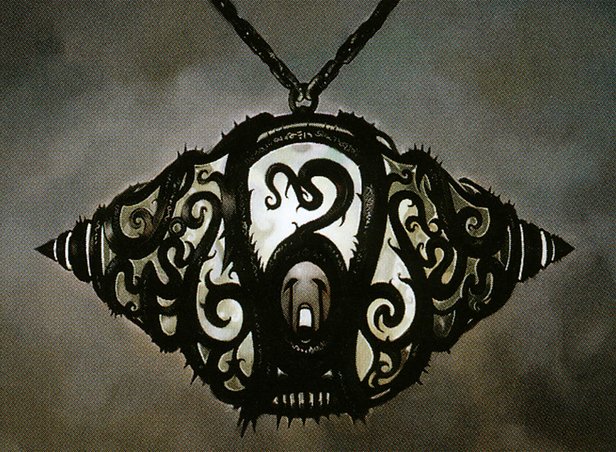Undergrowth MTG Card
| Card sets | Released in 2 setsSee all |
| Mana cost | |
| Converted mana cost | 1 |
| Rarity | Common |
| Type | Instant |
Key Takeaways
- Undergrowth leverages creatures in the graveyard, providing card advantage and unexpected battlefield twists.
- Mechanic requires careful mana color balancing and strategizing within green-black deck structures.
- Potential for powerful combinations and meta-relevance make Undergrowth cards a valuable collection asset.
Text of card
No creatures deal damage in combat this turn. If you pay o R in addition to the casting cost, Undergrowth does not affect red creatures.
"The art of war is turning obstacle to advantage." —Jaeuhl Carthalion, Juniper Order Advocate
Card Pros
Card Advantage: The undergrowth ability scales with the number of creature cards in your graveyard, often resulting in drawing multiple cards or generating token creatures, providing a significant edge over your opponent.
Resource Acceleration: Undergrowth mechanics can also power spells that put additional lands onto the battlefield or produce mana based on the count of creature cards in your graveyard, bolstering your mana pool and enabling you to cast high-cost cards sooner.
Instant Speed: Some undergrowth cards function at instant speed, offering the flexibility to make strategic moves during your opponent’s turn or in response to their actions, thereby maximizing surprise and tactical depth in gameplay.
Card Cons
Discard Requirement: Similar to other mechanics, undergrowth cards sometimes prompt you to discard from your hand, which may not synchronize well with your game plan, especially if your hand is already depleted.
Specific Mana Cost: Cards featuring the undergrowth ability often demand a specific blend of mana colors to be played effectively, which means they can be less flexible and more challenging to cast outside of dedicated green-black decks.
Comparatively High Mana Cost: Undergrowth abilities frequently come with a noteworthy mana investment. Given their dependence on a well-stocked graveyard, it may take several turns to set up the environment needed for optimal use, by which point the high mana cost could become a stumbling block in pacing your strategy against faster decks.
Reasons to Include Undergrowth in Your Collection
Versatility: Undergrowth abilities provide value in a variety of deck builds, particularly those utilizing creatures and graveyard interactions. Cards with this mechanic can serve multiple purposes, including enabling aggressive strategies or offering late-game advantage.
Combo Potential: Using Undergrowth triggers, players can orchestrate powerful synergies. These effects scale with the number of creature cards in the graveyard, potentially unleashing devastating plays when combined with self-mill or creature sacrifice themes.
Meta-Relevance: In a game where creature-based decks remain a constant, Undergrowth can become a key player by transforming routine combats and trades into strategic resources for future dominance, thereby adapting neatly to shifts in the competitive environment.
How to beat
Undergrowth strategies in Magic: The Gathering play a key role in decks that thrive off of creature cards in the graveyard. It’s a mechanic that enhances spells or abilities depending on the number of creature cards in a player’s graveyard. When faced against Undergrowth abilities, one effective approach is to limit the number of creatures that go into the graveyard. Utilize removal spells that exile creatures instead of sending them to the graveyard or include graveyard hate cards like Rest in Peace or Relic of Progenitus in your deck to reduce their impact.
Adjusting playing tactics can also make a difference. Opt to use board control cards such as Settle the Wreckage to manage the creature flow on the battlefield or Leyline of the Void to ensure creatures never hit the graveyard to fuel Undergrowth synergies. Targeted removals can prevent key creatures from dying, thus disrupting the Undergrowth count. It’s all about making strategic plays that circumvent the buildup of a formidable graveyard for your opponent.
By integrating these strategies, you can effectively counter Undergrowth-driven decks, keeping the playing field leveled and minimizing the advantage that such mechanics would otherwise offer to your opponent.
Cards like Undergrowth
In the realm of Magic: The Gathering, Undergrowth is an ability that becomes more potent as you fill your graveyard with creature cards. It shares conceptual space with mechanics like Delve, where cards such as Tasigur, the Golden Fang use the graveyard as a resource, reducing its casting cost for each card you exile from your graveyard. Tasigur, though, leans on removal rather than synergy with the number of creatures buried.
Another kindred spirit to Undergrowth is Morbid, which triggers an additional effect if a creature died this turn. Cards like Tragic Slip benefit from creature death, but unlike Undergrowth, they don’t scale with the number of creatures in the graveyard. Dredge, seen on cards like Stinkweed Imp, also utilizes the graveyard but in a different manner, focusing on bringing back the card itself by replacing a draw and filling the graveyard as a side effect.
Diving into the essence of gameplay, Undergrowth fuels strategies that thrive on a rich graveyard ecology, setting it apart with its unique scaling potential dependent on your graveyard’s creature count, unlike the one-shot benefits or cost reductions offered by its counterparts.
Cards similar to Undergrowth by color, type and mana cost
Where to buy
If you're looking to purchase Undergrowth MTG card by a specific set like Alliances and Alliances, there are several reliable options to consider. One of the primary sources is your local game store, where you can often find booster packs, individual cards, and preconstructed decks from current and some past sets. They often offer the added benefit of a community where you can trade with other players.
For a broader inventory, particularly of older sets, online marketplaces like TCGPlayer, Card Kingdom and Card Market offer extensive selections and allow you to search for cards from specific sets. Larger e-commerce platforms like eBay and Amazon also have listings from various sellers, which can be a good place to look for sealed product and rare finds.
Additionally, Magic’s official site often has a store locator and retailer lists for finding Wizards of the Coast licensed products. Remember to check for authenticity and the condition of the cards when purchasing, especially from individual sellers on larger marketplaces.
Below is a list of some store websites where you can buy the Undergrowth and other MTG cards:
- eBay
- TCG Player
- Card Kingdom
- Card Market
- Star City Games
- CoolStuffInc
- MTG Mint Card
- Hareruya
- Troll and Toad
- ABU Games
- Card Hoarder Magic Online
- MTGO Traders Magic Online
See MTG Products
Printings
The Undergrowth Magic the Gathering card was released in 1 different sets between 1996-06-10 and 1996-06-10. Illustrated by Pat Lewis.
Legalities
Magic the Gathering formats where Undergrowth has restrictions
| Format | Legality |
|---|---|
| Commander | Legal |
| Legacy | Legal |
| Paupercommander | Legal |
| Oathbreaker | Legal |
| Pauper | Legal |
| Premodern | Legal |
| Vintage | Legal |
| Duel | Legal |
| Predh | Legal |
Rules and information
The reference guide for Magic: The Gathering Undergrowth card rulings provides official rulings, any errata issued, as well as a record of all the functional modifications that have occurred.
| Date | Text |
|---|---|
| 2004-10-04 | It means that red creatures still deal damage if you pay the additional cost. |
